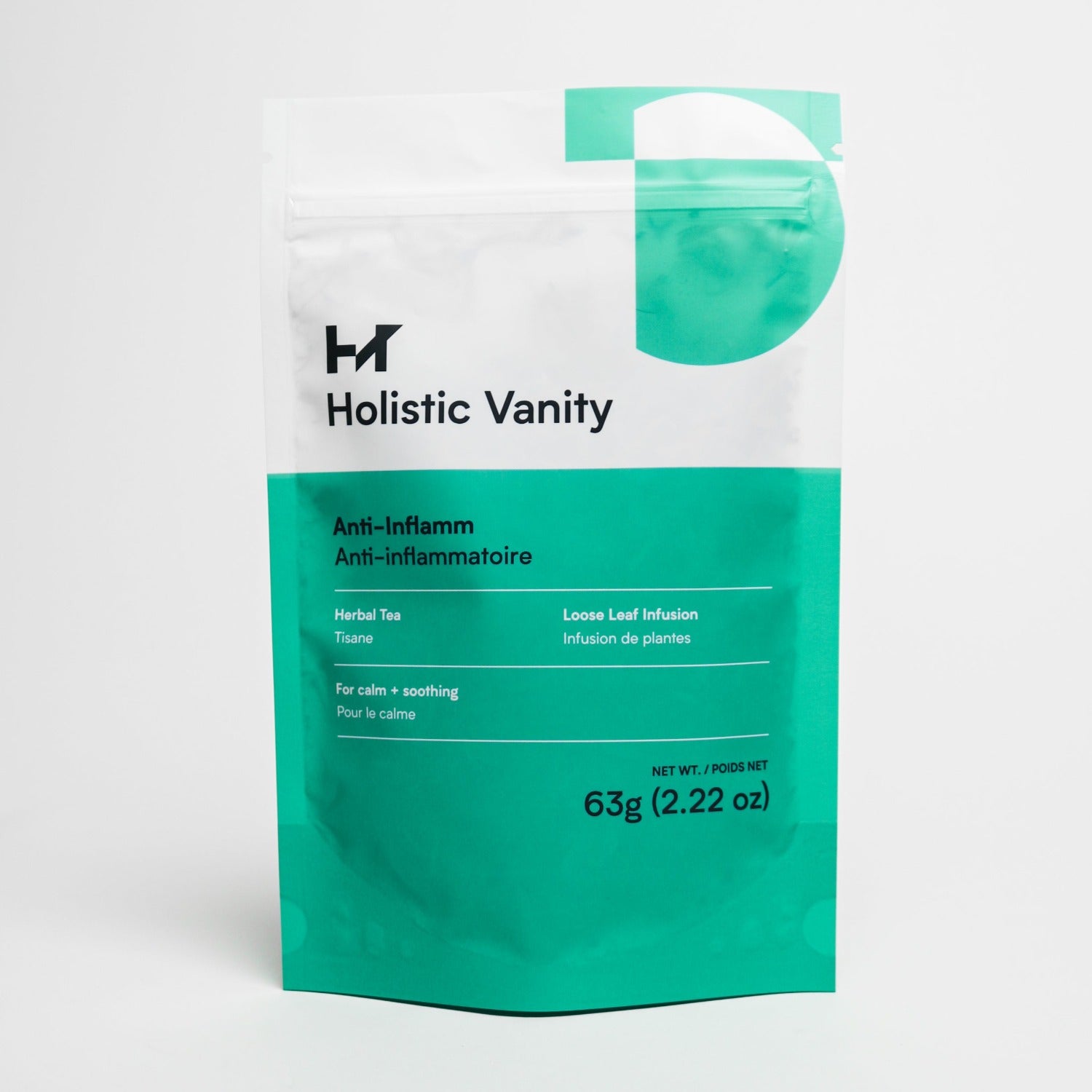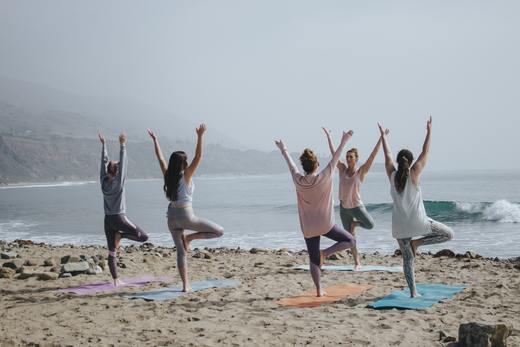Ayurveda is a sister science to yoga. You may have already heard about it but, if you haven't, here's the Coles Notes:
While yoga focuses on poses, the art of breathing and meditation for health and balance, Ayurveda is a medicinal science that uses the same mind-body-spirit approach to wellness, employing diet, detox, mantra, herbs and, yes, yoga.
There are so many types of yoga - different schools and styles - but what is important from an Ayurvedic standpoint is how it balances your energies.
DOSHAS
Different energies in our bodies are called DOSHAS and they are what make us who we are. Our Doshic composition dictates our physical and emotional tendencies. A disruption of the equilibrium within can cause us to go against our tendencies. Tendencies are only tendencies but if we do not actively try to balance, left unchecked, it can turn into disease. For our purposes, skin disease.
I have already written about Vata energy and its need for restorative yoga and Pitta energy and its need for anti-inflammatory yoga.
Now, we will discuss Kapha energy and its need for stimulating, detoxifying yoga.
According to Ayurveda, Kapha is embodied by the elements of water and earth. Don't let us lose you! We promise that, while it sounds hippie dippie, it's actually very scientific. Actually, as a science that's been around for thousands of years, there's strong observational evidence, no?
Back to Kapha.... yes earth and water.
Kapha is said to cause an accumulation of waste and stagnation. What does that mean? Those with high Kapha are prone to buildup, growths such as cysts, water-retention, weight gain, excess mucous and dampness.
Dampness is another term for wet toxins in Asian medicine and can present as the aforementioned excess mucous and water-retention but also chronic yeast infections, hives, breast tenderness and deep, fluid-filled pustules.
To breakup and release this stagnation we must stimulate our bodies. We should get our blood moving.
In our yoga practice this means having a routine that is fast-paced, challenging and revving of our circulation.
Stimulating Styles
Kapha needs to increase blood flow, body heat and energy so a practice for this dosha must have a vigorous pace and high intensity.
Practicing in a warm room is best and this dosha does well with hot yoga (unlike inflamed Pitta types).
To encourage lung clearing and oxygenation (oxygen is also anti-bacterial), Kaphas must use forceful breathing during practice or when doing pranayama.
Kapha is said to congest in the lungs, so we must open the chest and choose poses that force this.
Poses that push out the chest such as fish and bow are examples.
To counteract this heavy, damp dosha, it is recommended to use a sharp, upward gaze.
And with this, it is recommended to push yourself in your practice (obviously not to the point of injury. This is in contrast to those that need restoration from high Vata (air).
Kaphas tend to be lethargic and prone to being too easy on themselves so this intention should be set to remind them of their practice goals.
The Asanas
As mentioned previously, poses should open the chest, challenge the body and promote movement. Here are some great asanas for Kapha:
Reverse Warrior
Fish
Cobra
Bow Pose
Image by Kaylee Garrett via unsplash


